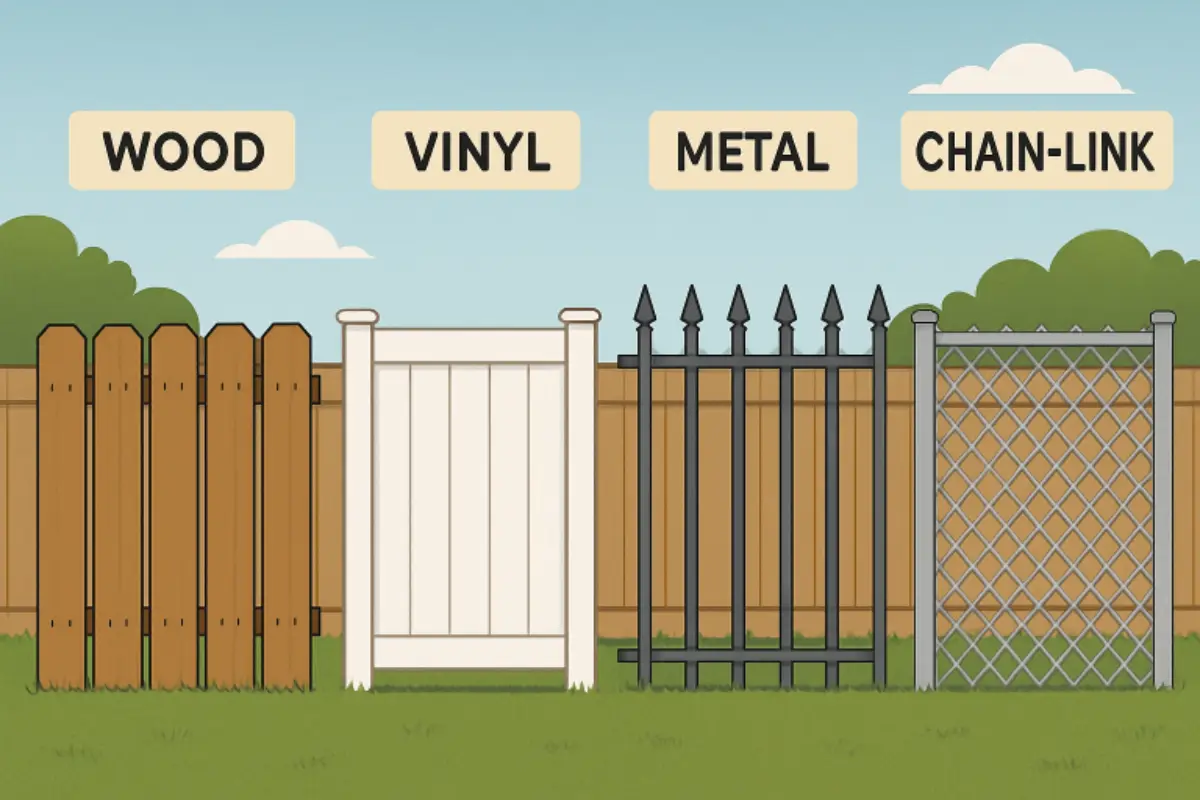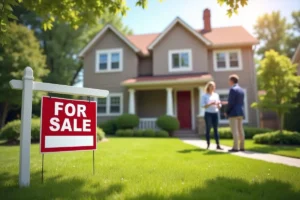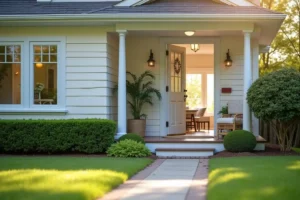How to Choose the Right Fence for Your Yard
Choosing a fence is about more than just enclosing your yard. The right fence can transform your property’s appearance, boost security, and provide much-needed privacy. Before committing, consider why you need a fence: Are you looking to block out noise or neighbors, keep kids and pets secure, add curb appeal, or simply define your property’s lines? If your needs are more commercial or you require advanced security along with aesthetics, check out a specialized provider for commercial fence Austin solutions that offer robust, attractive options.
Think about who will use your yard and the level of protection or visual barrier you want. Decorative picket fences might look charming but offer little seclusion, while solid panels or tall iron fences provide a stronger sense of privacy and defense. Weighing these needs early will help you narrow down materials, heights, and styles, ensuring your new fence aligns with your lifestyle and property goals.
Explore Fence Material Options
The material you select has a significant impact on the look, upkeep, and lifespan of your fence. Below are four popular choices for both residential and commercial properties:
Wood
Offering a classic, organic appeal, wood fences can be painted or stained to match your home. They’re ideal for privacy and can serve as a solid barrier. However, they do come with higher maintenance, needing regular sealing to prevent weather and insect damage. High-quality wood fencing, if well maintained, can last up to 20 years.
Vinyl
If easy maintenance and a fresh, clean look appeal to you, vinyl is a superb option. Resistant to rot, insects, and warping, vinyl fences require only an occasional wash to look new. Their lifespan is impressive, often extending beyond 20 years, making them a favorite among busy homeowners.
Metal
Aluminum and wrought iron fences bring a touch of elegance to any property along with durability. Aluminum resists rust and offers sleek lines, while wrought iron is a staple of classic design but demands occasional touch-ups to prevent corrosion. Metal fences, although a bit pricier upfront, can last several decades with the right care.
Chain-Link
For those prioritizing function and affordability, chain-link is hard to beat. While it lacks privacy unless paired with slats or climbers, it provides reliable security and is highly durable—even in intense weather. Chain-link fences can last up to 20 years with minimal oversight.
If exploring your options in the Austin region, companies like Northwest Fence & Iron Austin can provide guidance on material and design tailored specifically to your local climate and needs.
Consider Local Regulations and HOA Guidelines
Before construction begins, consult your city’s zoning office and your homeowner’s association (HOA) to determine if there are restrictions on fence height, style, color, or placement. Some neighborhoods enforce strict guidelines to maintain a cohesive appearance or limit certain materials. Securing the proper permits and ensuring compliance can spare you costly adjustments later on and keeps your community organized and visually pleasant.
Evaluate Climate and Environmental Factors
Climate directly influences which fencing material will stand the test of time on your property. In regions with heavy rainfall or humidity, moisture-resistant materials such as vinyl and powder-coated aluminum stand up best to the elements. For high-wind areas, opt for sturdier construction and reinforced posts. Residents of harsh climates might want to avoid wood fencing unless they’re ready for consistent upkeep. Making an environmental match ensures your investment pays off for years to come.
Set a Budget
Fencing costs vary widely, so determine your budget early. Wood is typically less expensive up front but requires periodic sealing, painting, or repairs that add to its total cost over time. Vinyl and metal fencing, though costlier at the outset, offer long-term savings thanks to their durability and ease of maintenance. Calculate not only the purchase and installation costs but factoring future upkeep as well to choose the best value for your property.
Decide Between DIY and Professional Installation
Installing a fence can be a satisfying do-it-yourself project for handy homeowners—especially for simple boundary or decorative fences. DIY installation allows you to control costs but requires time, tools, and physical effort. More complex jobs, such as installing tall security fences or custom designs, are often best left to professionals who ensure the structure is sturdy, attractive, and compliant with local codes. For peace of mind and professional results, many homeowners choose to hire experienced contractors.
With an understanding of your needs, an exploration of materials, attention to local guidelines, and a realistic look at your budget and installation skills, you’re equipped to select a fence that adds value, security, and beauty to your property for the long run.







0